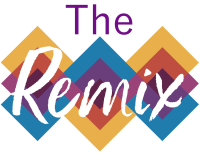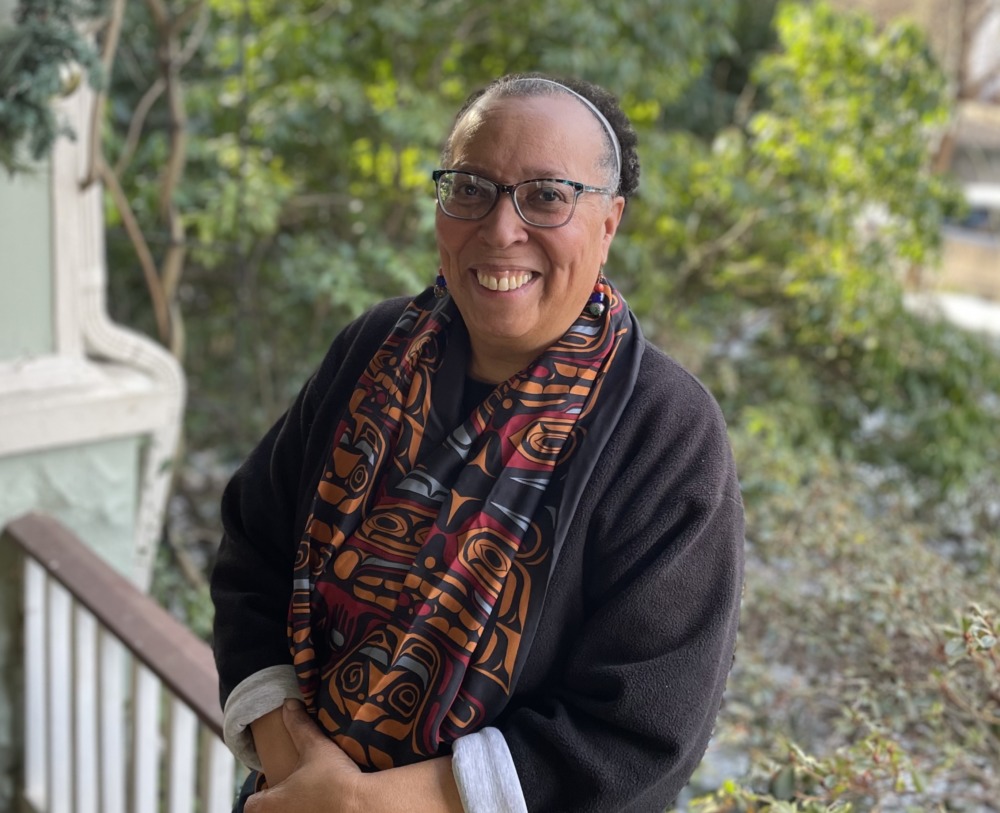I’m encouraged by recent signs that the Biden administration understands the importance of community-based organizations to the allied youth fields.
Take the National Partnership for Student Success launched earlier this month to help place an additional 250,000 Americans into schools and communities with the goal of countering the effects of the pandemic on students’ academic progress and mental health.
 The National Partnership for Student Success will help “schools, educators, and communities connect all students with the holistic, people-powered supports they need to learn and achieve their potential” by providing technical assistance to support recruitment, training and management of people in five roles (beyond teachers) that research shows contribute to student success: mentors, tutors, student success coaches, wraparound services coordinators and post-secondary transition coaches.
The National Partnership for Student Success will help “schools, educators, and communities connect all students with the holistic, people-powered supports they need to learn and achieve their potential” by providing technical assistance to support recruitment, training and management of people in five roles (beyond teachers) that research shows contribute to student success: mentors, tutors, student success coaches, wraparound services coordinators and post-secondary transition coaches.
AmeriCorps committed to contribute towards the recruitment goal by prioritizing $20 million of American Rescue Plan funding to assist in the recruitment, training, and management of 200,000 volunteers to support the President’s larger goal.
The numbers grabbed the headline. 250,000 Americans. $20 million in volunteer management..
The National Partnership for Student Success is a public-private partnership between AmeriCorps, the Department of Education and the Johns Hopkins Everyone Graduates Center, the national hub organization. About 80 national, state and local organizations have signed on as champions. Mentor, Accelerate and the National Student Support Accelerator, City Year, Communities in Schools and National College Attainment Network will provide evidence-based technical assistance.
This partnership is a big deal to me. It is the foundation for bridging school and community that I have worked to realize for decades. But the partnership’s understandable focus on getting more people-powered supports into schools reinforces the power imbalance in the learning and development ecosystem.
The school building, school day, and school year do not reflect all the times and places where holistic learning happens. Youth serving organizations came to the table for this partnership. But they also worked separately to ensure that the White House made an explicit commitment to afterschool and summer programming.
Nine days after the National Partnership for Student Success announcement, Secretary of Education Miguel Cardona announced the Engage Every Student Initiative, which will help communities ensure that every child who wants a spot in a high-quality out-of-school time program has year-round access. This initiative, like the student success partnership, is a public-private endeavor between the Department of Education and a group of coordinating organizations including the National Comprehensive Center, the National League of Cities, The National Summer Learning Association and AASA – the School Superintendents Association. Building on the foundation laid by the 21st Century Learning Center Initiative, the partners will work with more than 20 allied organizations to help communities utilize American Rescue Plan funds, alongside other state and local funds, to ensure access by organizing technical assistance.
On the same day, Gene Sperling, special advisor to the President and the American Rescue Plan Coordinator, announced the official release of the additional $20 million to support organizations that boost the impact of volunteers. The Volunteer Generation Fund is not new. But this funding more than triples the amount previously allocated and, for the first time ever, will be available to organizations outside of the AmeriCorps network such as schools and nonprofit faith-based and community organizations.
Sperling explained how starting a local nonprofit arts program for youth early in his career taught him the importance of community-based learning opportunities and of their need for infrastructure funding to recruit, train and manage the volunteers that help them extend their reach.
The message from the administration is clear: School districts should use the funding and time frame assurances in the American Rescue Plan to invest generously in supporting an ecosystem infrastructure that actively builds on communities’ broad assets to connect students to more people, in more places, with more possibilities for academic and interest-driven year-round learning, growing and working. Initiatives like these are designed to make it easier for schools to find partners.
The strength of the connections among these federal initiatives is murkier.
The National Partnership for Student Success is clearly focused on expanding the base of “people-powered supports” with an emphasis on recruiting volunteers. The Engage Every Student Initiative is clearly focused on expanding out-of-school and summer learning opportunities with an emphasis on strengthening out-of-school-time programs. The glue that connects these two initiatives is the youth fields workforce.
We need to seize the opportunity to drive from the starting points (volunteer recruitment and out-of-school-time program access) towards a more coordinated, integrated and effective ecosystem of learning and development supports. This starts with getting an accurate picture of the state of the workforce in critical roles beyond teaching (the goal of the Power of Us survey).
Our success as the allied youth fields is dependent upon our collective understanding that youth success is broader than student success and broader than school success.
***
Karen Pittman is a partner at KP Catalysts and the founder and former CEO of the Forum for Youth Investment.
































